1. Automat by Horn & Hardart
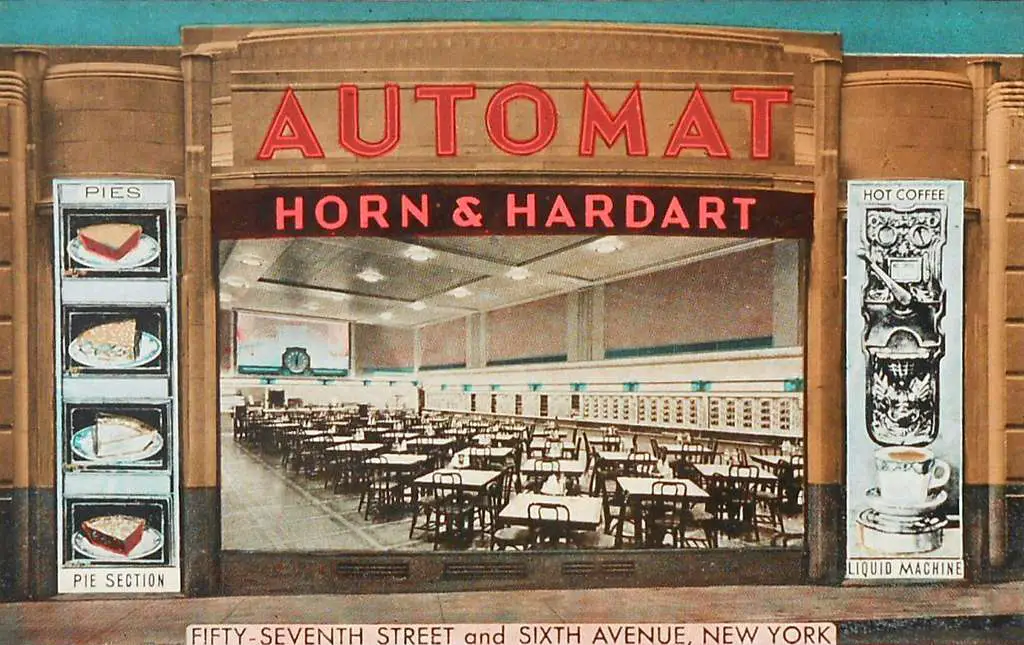
Once considered the height of futuristic convenience, the Automat felt like something out of The Jetsons. You’d pop a few coins into a shiny vending machine-style wall, open a little glass door, and—voila!—your hot meal was ready. It was self-service before self-service was trendy, and in cities like New York and Philly, it was wildly popular. Patrons loved the speed, affordability, and the novelty of not needing to talk to a single person to get lunch.
But as fast food giants rose in the ’60s and ’70s, the Automat’s charm wore off. People wanted drive-thrus and combo meals, not coin slots and tiny lockers. Horn & Hardart tried to evolve but couldn’t keep up with modern demands or changing tastes. Eventually, the last Automat closed in 1991, taking with it an entire dining experience that once looked like the future.
2. Steak and Ale
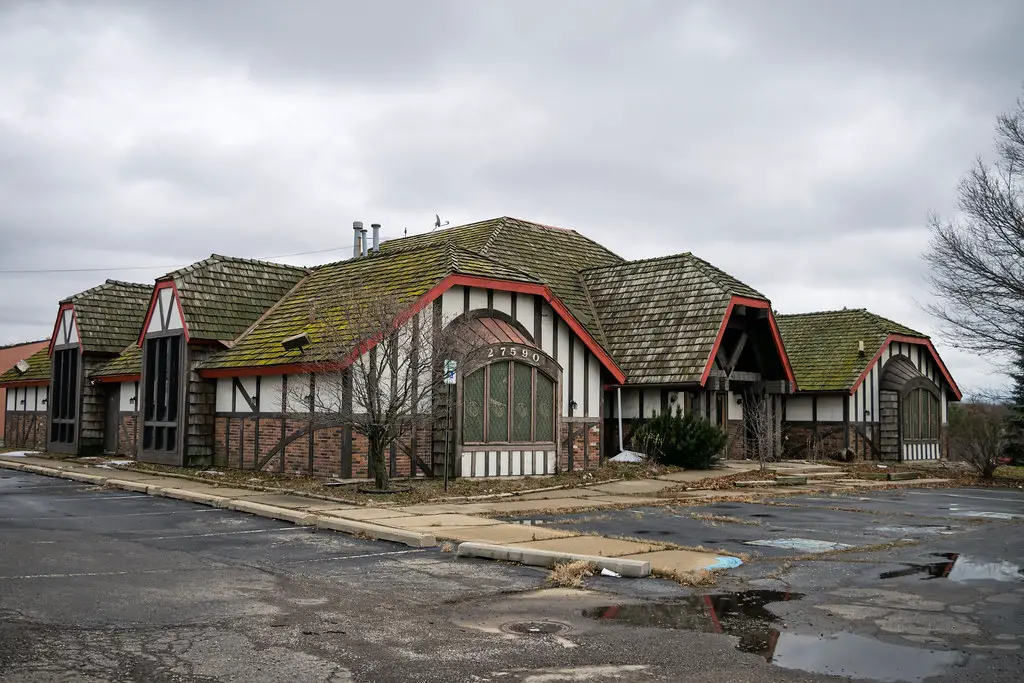
Steak and Ale was the kind of place that made casual fine dining feel fancy without the scary price tag. Launched in the 1960s by Norman Brinker, who also helped create Chili’s, the restaurant offered dim lighting, salad bars, and big cuts of meat that made people feel like royalty for under ten bucks. For a while, it was the place to go for a night out that didn’t break the bank.
But as tastes shifted and competition increased, Steak and Ale lost its edge. Its medieval-style interiors began to feel dated, and newer chains offered fresher menus and trendier vibes. After filing for bankruptcy in 2008, most locations shuttered, though some nostalgic fans have hoped for a revival. At its peak, it really did feel like the future of dining for middle America.
3. Red Barn
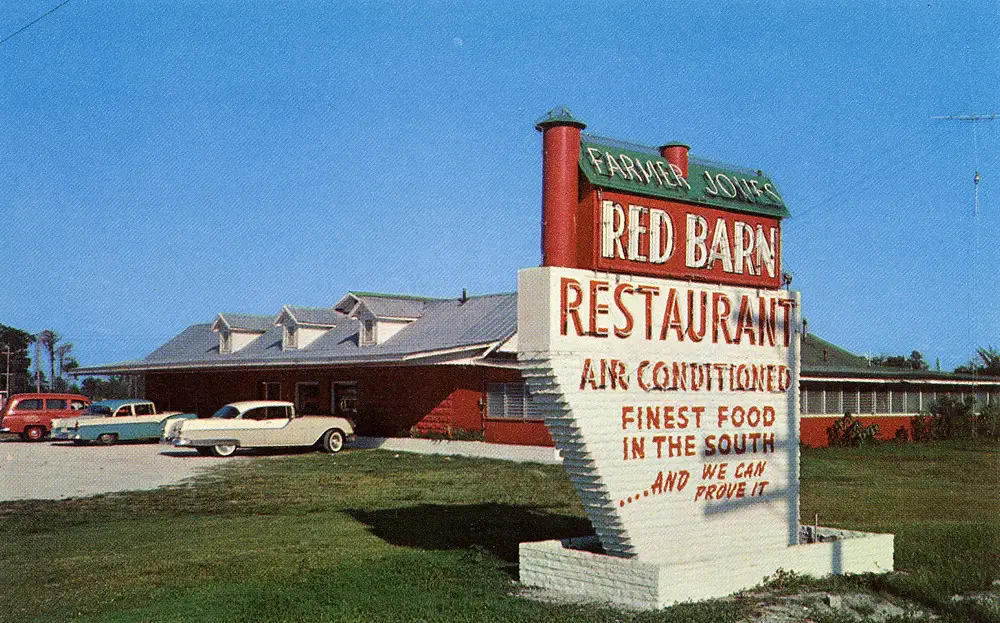
Red Barn had one of the more literal names in fast food. Shaped like a big red barn, the chain popped up across the country in the ’60s and ’70s and served up burgers, chicken, and fish in a rustic, farm-themed setting. It was especially known for offering healthier options like salad bars before they were cool and even boasted a trio of mascots that rivaled McDonaldland’s gang.
Despite its innovation, Red Barn was eventually bought out and swallowed up by City Investing Company, which had no real interest in running restaurants. One by one, the locations disappeared, and the brand faded from public memory. Still, former customers remember it fondly, especially those quirky Big Barney and Barnbuster burgers. It had all the potential, just not the staying power.
4. Burger Chef
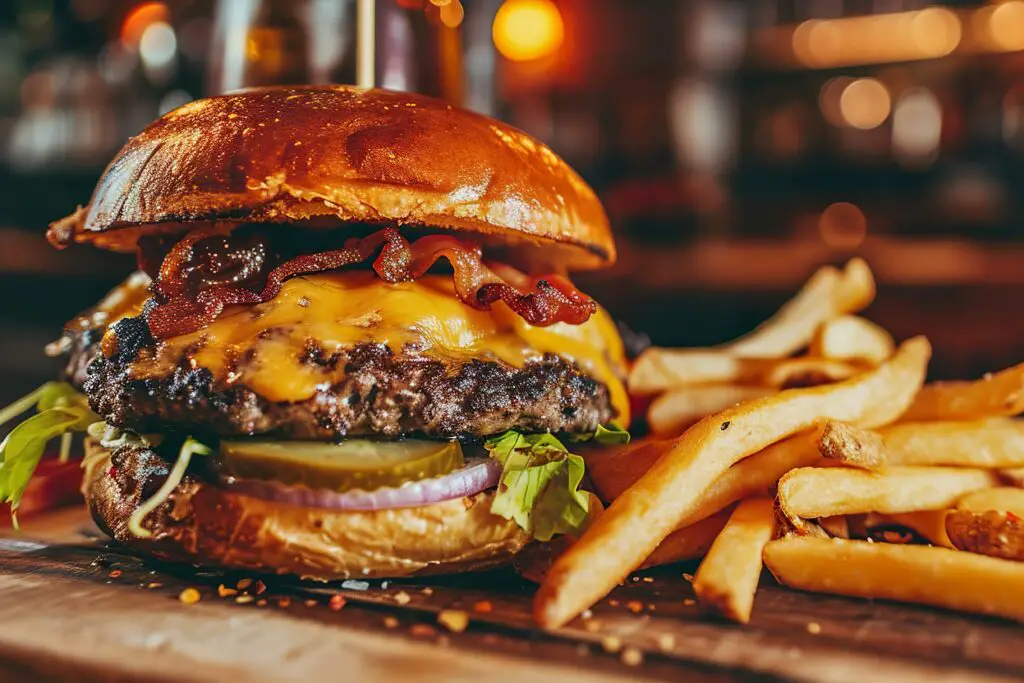
Before there was a Burger King on every corner, there was Burger Chef, which actually came close to rivaling McDonald’s in the ’60s and early ’70s. It pioneered the combo meal, launched the kid’s Funmeal before the Happy Meal, and featured flame-broiled burgers that drew big crowds. Its colorful mascots and family-friendly vibe gave it an edge, especially among parents.
But bad management decisions and some unwise expansions caught up with them. By the early ’80s, Hardee’s bought up many of its locations, and the Burger Chef name faded fast. Today, it’s rarely mentioned outside of retro food blogs and nostalgic Reddit threads. Still, for a while, it really looked like Burger Chef might run the fast-food world.
5. Chi-Chi’s
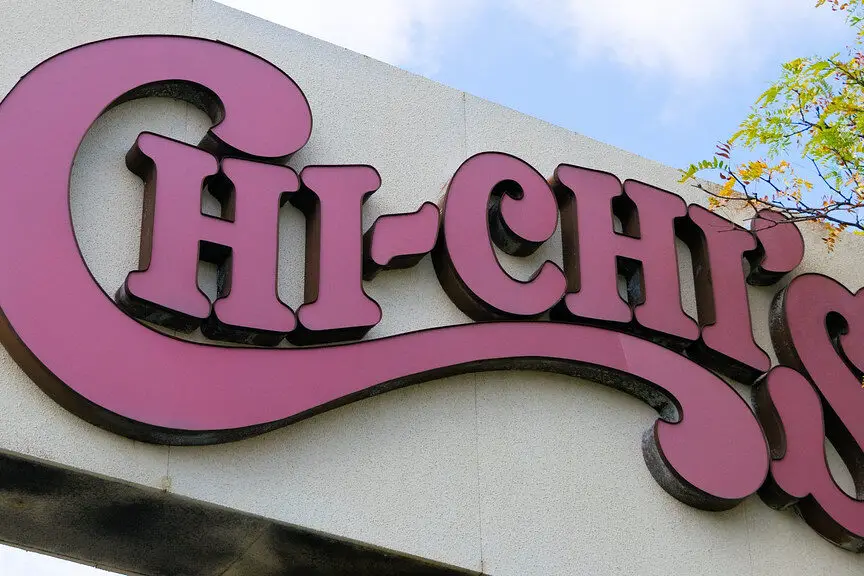
If you grew up in the ’80s or early ’90s, Chi-Chi’s might’ve been your first taste of “Mexican” food—even if it wasn’t all that authentic. With its giant sombrero signs and festive atmosphere, it felt like a party in every booth. They were known for massive portions, chimichangas, and those addictive fried ice cream desserts that made every birthday feel special.
But the future turned sour fast after a series of health scares, including a fatal hepatitis A outbreak linked to green onions. The damage to the brand was irreparable, and U.S. locations closed for good by 2004. While it still exists overseas in limited form, most Americans remember it only as a childhood favorite that vanished practically overnight.
6. Kenny Rogers Roasters
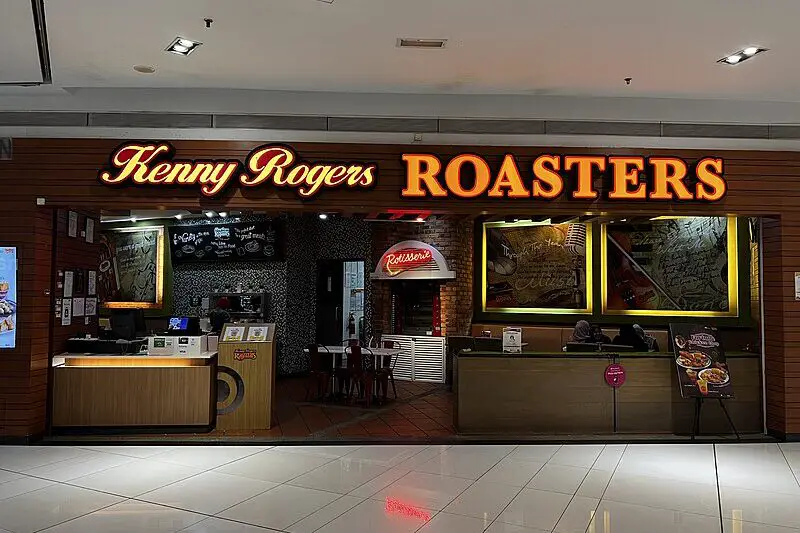
Yes, that Kenny Rogers. The country music legend co-founded this chicken chain in the early ’90s, promising healthier homestyle meals served up with Southern flair. It gained traction fast, helped by its wholesome image, savory rotisserie chicken, and a certain Seinfeld episode that made it a pop culture footnote.
Unfortunately, it couldn’t quite compete with the big chicken players like KFC and Boston Market. Despite early buzz and celebrity cachet, U.S. locations struggled, and the company eventually filed for bankruptcy. Oddly enough, the chain is still thriving in parts of Asia, but in America, it’s more of a trivia answer than a restaurant option these days.
7. Sambo’s
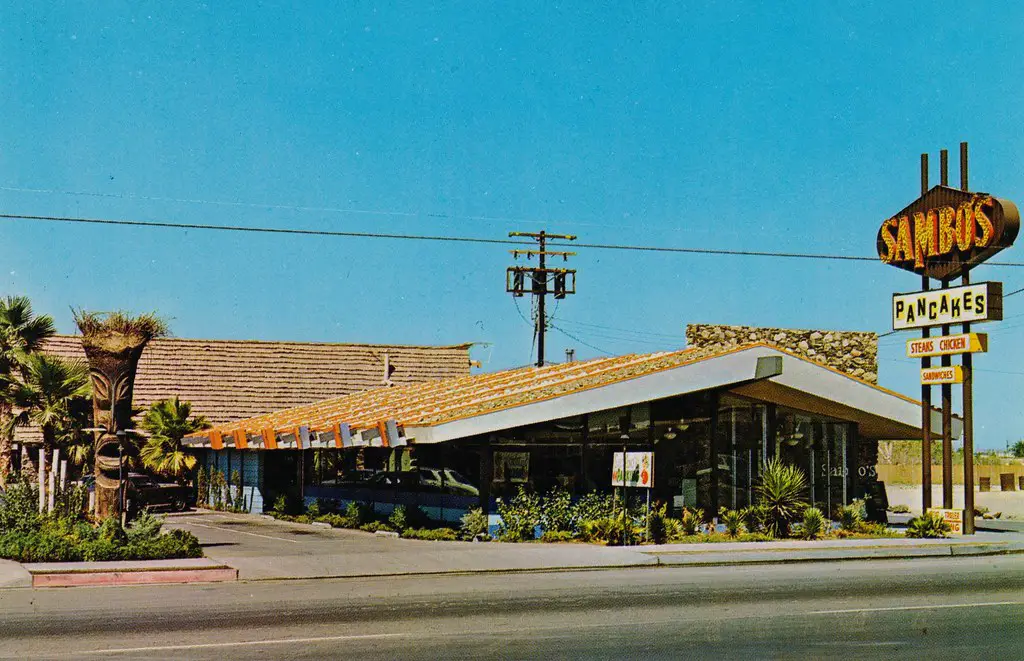
Sambo’s began in the late ’50s with a name and theme inspired by a now-controversial children’s book. The food was typical diner fare—pancakes, burgers, and coffee served 24/7—and the chain grew rapidly through the ’70s. At its peak, there were more than 1,100 locations, and for a moment, it seemed poised to become a major player in the diner world.
But public backlash over the name and imagery, along with financial troubles and overexpansion, led to a swift decline. Most locations were rebranded or closed by the early ’80s. Today, it’s largely remembered as a cautionary tale about branding and cultural sensitivity. Despite once being hailed as a restaurant of the future, it couldn’t escape the shadows of its past.
